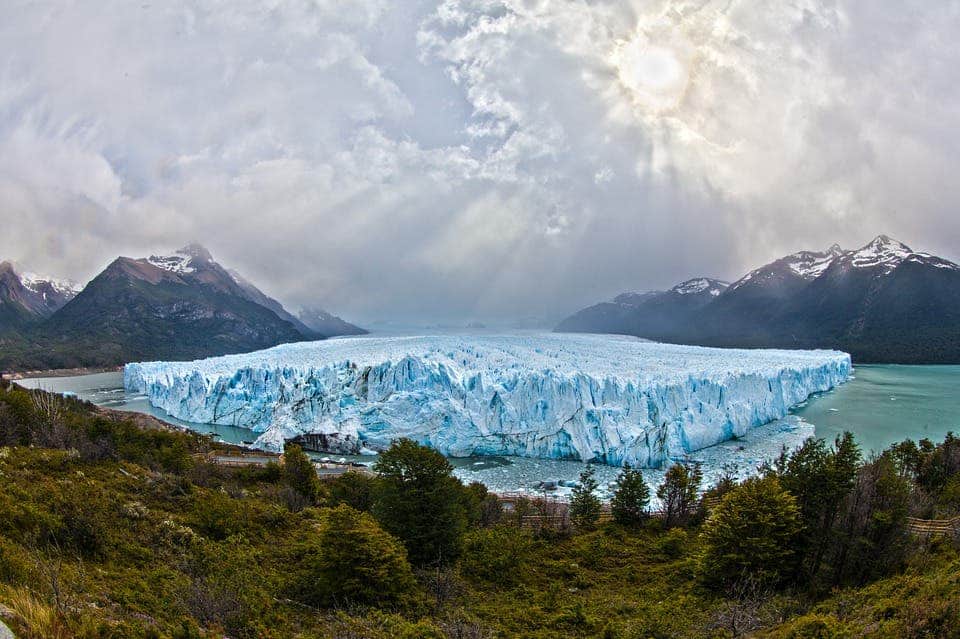The rate at which glaciers are melting has been steadily picking up according to a new study, based on satellite data. They’re now losing 31% more mass every year than they were just 15 years ago. The cause is anthropogenic climate change, the authors explain.

The study is based on 20 years’ worth of declassified three-dimensional satellite data. Based on these measurements, the authors estimated that mountain glaciers worldwide have been losing in excess of 328 billion tons (298 billion metric tons) of snow and ice per year every year since 2015. This is 78 billion tons (71 billion metric tons) a year more than the average between 2000 and 2004.
Half of the world’s glacial loss today is coming from the United States and Canada, the paper adds.
De-icing
In addition to more ice being lost per year, global glacial thinning rates (another important indicator of glacier health) have also doubled in the last 20 years.
Virtually all of the world’s glaciers are affected, the team explains, even ones that were traditionally considered stable, such as those in Tibet. The precious few exceptions to this rule include a couple of glaciers in Iceland and Scandinavia, kept stable by increased levels of precipitation. But overall, global melt rates have been and still are accelerating. Alaska has the single highest overall melt rate seen in the study.
Melting rates are increasing quite uniformly across the world, a process that “mirrors the global increase in temperature” says Romain Hugonnet, a glaciologist at ETH Zurich and the University of Toulouse in France, who led the study. The cause, ultimately, is our growing use of fossil fuels such as coal, oil, and gas, which release greenhouse gases in the atmosphere.
The study’s findings are particularly worrying as this is the first paper to use 3D satellite imagery to examine all of Earth’s glaciers, not just those that are part of the Greenland or Antarctic ice sheets.
Not only are such results a chilling account of how deeply climate change is impacting glaciers and the world as a whole, but it also points to massive problems-to-be. Glaciers supply millions of people with their daily water needs, and them shrinking so quickly means that a lot of people will soon be in need to secure new sources of water. On the other end of the spectrum, rapid glacier shrinking increases the risk of events such as outburst floods from glacial lakes.
And, ultimately, all these glaciers melting around us have to flow somewhere — which is the ocean. Sea level rise is a very real problem that’s poised to cause us some massive issues in the future. Sea levels are already rising today, partially because of melting in glaciers and ice sheets, partially because higher mean temperatures make water expand in volume. Even so, today, glacier melt is responsible for an estimated 21% of the overall sea-level change we’ve recorded. Although the ice sheets hold overall more water and are thus the greater long-term threat, mountain glaciers hold a respectable amount of water and should not be overlooked in this regard.
Shrinking glaciers are a problem for millions of people who rely on seasonal glacial melt for daily water and rapid melting can cause deadly outbursts from glacial lakes in places like India, Hugonnet said.
But the largest threat is sea level rise. The world’s oceans are already rising because warm water expands and because of melting ice sheets in Greenland and Antarctica, but glaciers are responsible for 21% of sea level rise, more than the ice sheets, the study said. The ice sheets are larger longer term threats for sea level rise.
“It’s becoming increasingly clear that sea level rise is going to be a bigger and bigger problem as we move through the 21st century,” said National Snow and Ice Data Center Director Mark Serreze.
The paper “Accelerated global glacier mass loss in the early twenty-first century” has been published in the journal Nature.






